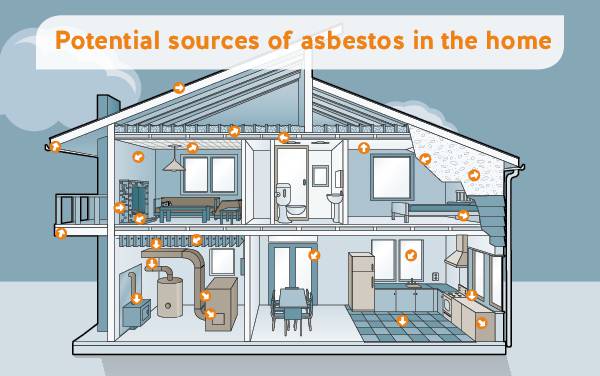
Asbestos is a mineral fibre used for strengthening building materials for durability. It was commonly used as a building material in homes and ceilings to provide heat resistance and insulation. Asbestos can be made of friable or non-friable materials.
Non-friable asbestos materials are made of mineral fibre embedded in hardened cement matrix. They are commonly used in water and flue pipes, fencing, corrugated and flat cement roofing, weatherboards, Vinyl floor tiles, and fireplace thermal boards.
Friable asbestos, on the other hand, is soft and loose such that they can be easily pulverised by hand pressure. They are used in heat resistant fabrics, decorative ceilings, sound proofing, ceiling insulation, hot water pipes insulation.
Dangers of Asbestos
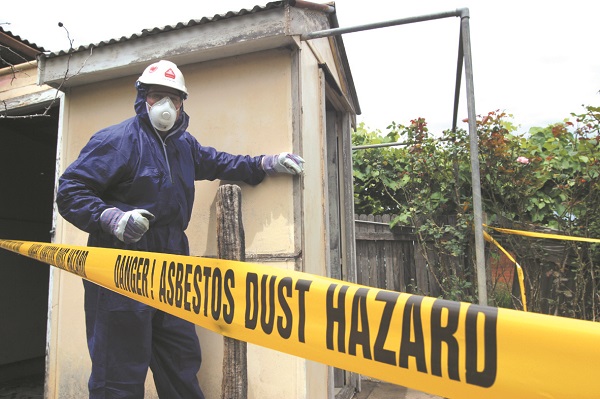
Asbestos was used as a building material until 1999 when the British government prohibited its use. This means that buildings constructed before the turn of the millennium include this silent killer. Thus, asbestos is found in pre-2000 buildings or modern buildings with old equipment.
Asbestos becomes more dangerous when the friable materials are inhaled. This can happen during construction works such as demolition or remodelling that requires drilling, breaking, cutting and sawing.
Research have shown the dangers and health risks of using asbestos in home and building construction. People and workers exposed to asbestos in its friable and solid form for an extended time are in danger of contracting asbestos related diseases such as asbestosis, lung cancer and mesothelioma cancer. For example, they can be deeply lodged in the lung tissue resulting in inflammation and scarring. Therefore, testing for asbestos before starting a construction work is important because houses built before 2000 or modern buildings with old equipment potentially contain asbestos.
Asbestos testing lowers health risk
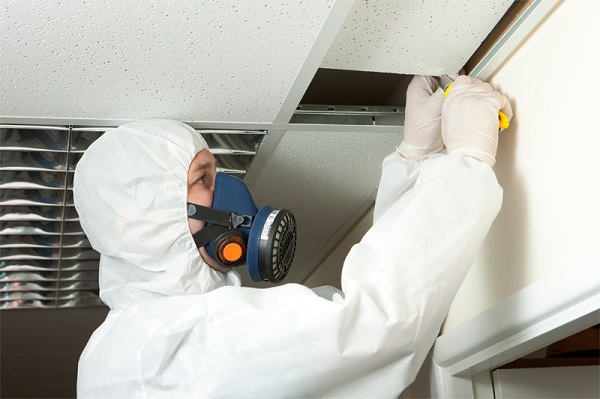
Asbestos either in loose or solid form portends high health risk. Although the dangers of asbestos are not immediately noticed, it is a crucial part of construction work to test for asbestos before carrying out any rebuilding, repairing or renovation work on houses and buildings. Testing is mandatory to remove materials containing friable asbestos. Regular samples are taken to the laboratory for testing and comparing to the national exposure standard.
The most common diseases related with inhaling asbestos dust are asbestosis, lung cancer and mesothelioma. Mesothelioma cancer is the most fatal and most difficult disease caused by asbestos. It may take 20 to 25 years after breathing in the fibre before its symptoms start showing. It is therefore important that a proper asbestos testing is carried out. Although, everyone can check for asbestos samples in the home or office, is the risk worth it? There is a higher exposure risk when collecting the sample, especially unprofessionally and improperly.
Taking a preventive measure by professionally sampling and testing for asbestos is the best protection. Asbestos sampling experts carry out a professional sampling and identification of the asbestos to know the type of fibre contained in the asbestos. Proper disposal of asbestos materials is also important to protect the environment and achieve an asbestos-free society.
Are you looking to buy property in UK ? Hurghada , Scotland , Istanbul , Sahl Hasheesh , Dubai
Are you looking to rent property in UK ? London , Manchester , Reading , Leeds , Cardiff

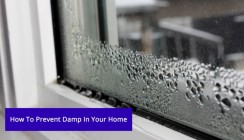
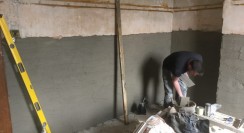








Author
James Helliwell